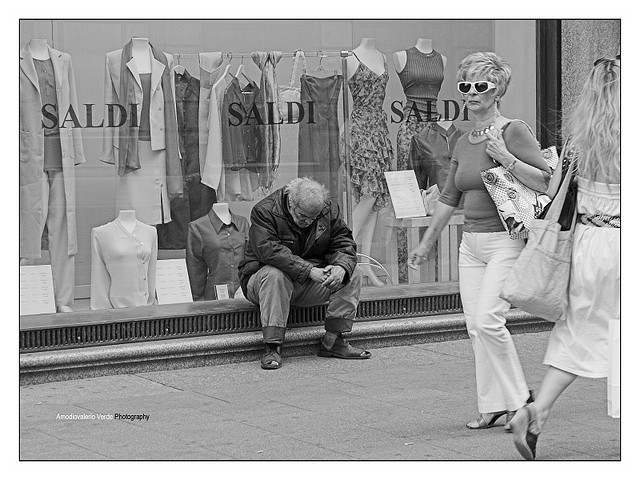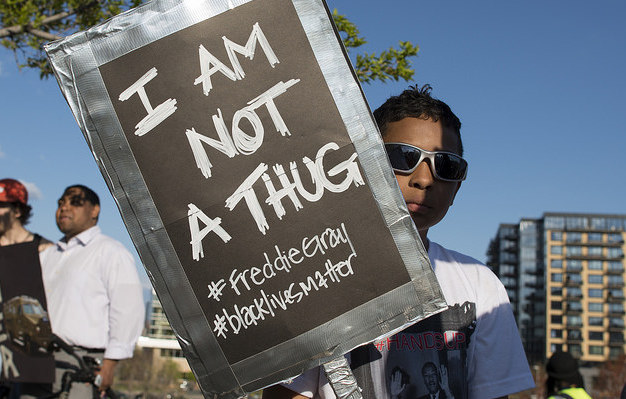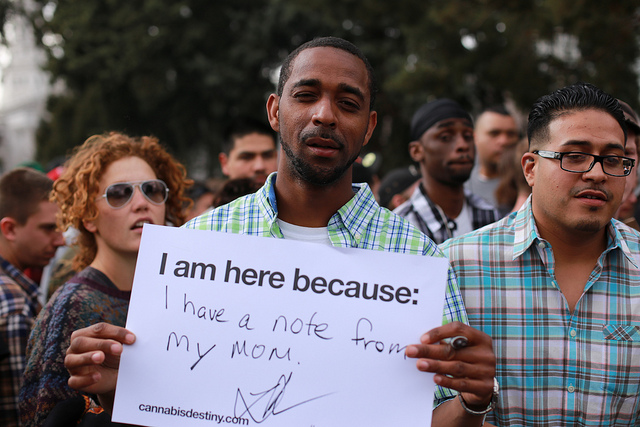
Many are familiar with the long history of student activism at University of California at Berkeley, but fewer have heard of the difference-makers at San Jose State University. “San Jose State is in the shadow of UC Berkeley when it comes to student activism,” sociology Professor Scott Myers-Lipton told The Nation. “But we’ve got this history as a working-class university that most people don’t know about.”
Starting in 2011, students in Myers-Lipton’s Social Action sociology class started thinking about ways they could bring change to their own community. San Jose houses big-name companies like Adobe, eBay, and Cisco Systems, but it’s the sixth most expensive city in the country. Many residents barely eke out a living. Student and after-school worker Marisela Castro, whose parents worked the California farm fields, pitched the idea of working toward raising the minimum wage. (Myers-Lipton estimates that 80% of his students work over 30 hours per week on top of being students.)
Working with South Bay Labor Council leader Cindy Chavez, Myers-Lipton’s students raised $6,000 to hire a polling agency and make thousands of phone calls to see if increasing minimum wage was an issue that voters would support. When over 70% of respondents said they favored minimum wage increase, Chavez went to the board of the Labor Council. Unions pledged over $120,000 to help the cause by the end of the meeting. After collecting 20,000 signatures, the students took their proposal to the Silicon Valley Chamber of Commerce. The vast network of supporters (including Catholic Charities, United Way, churches, and non-profits) alarmed the Chamber, which raised $400,000 to defeat the measure.
The student activists were not defeated, however. They continued, keeping their message simple. Instead of getting into statistical debates, they touted the importance of economic fairness. On November 6th, San Jose became the fifth and largest city to raise its minimum wage, increasing the income for minimum wage workers by $4,000 per year. What started as a student brainstorming activity in a sociology class brought thousands in San Jose closer to economic sustainability.









